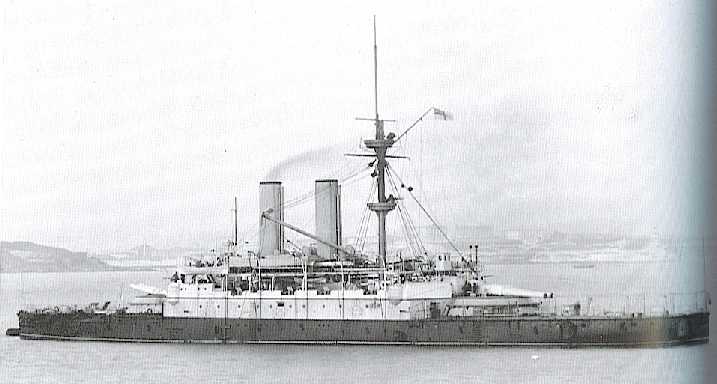|
The design of these guns was faulty and one burst on trial in HMS Collingwood on 4 May 1886, even though she was firing 3/4 charges. The failure caused the "A" tube to break into pieces in front of the "B" coils. As a result, HMS Colossus was directed not to fire her main guns during her maiden cruise and all of these guns were withdrawn from service to be casehooped. They were then designated as Mark I* and mounted in the "No Man's Land" and "Horse Sand" coastal defense forts at Spithead. The ships were rearmed with newer, stronger 12"/25 (30.5 cm) guns. Constructed of steel "A" tube into which the breech-block screwed, a wrought iron breech piece, three "B" coils of which the first was medium carbon steel and the others made of mild steel, one wrought iron "C" coil and a wrought iron jacket. There were no coils over the last 8 feet (2.44 m) of "A" tube at the muzzle end. All of the wrought iron parts were machined from hammer-welded coils. Mark I was a trunnioned gun for use in coastal defense batteries while the Mark II had thrust collars for naval saddle mountings, otherwise the two marks were identical. A total of 5 Mark I and 11 Mark II guns were manufactured. Actual bore length was 25.13 calibers. |

HMS Collingwood in 1882 with 12"/35 (30.5
cm) Mark II guns. She was later rearmed with 12"/25
(30.5 cm) Mark Vw guns.
|